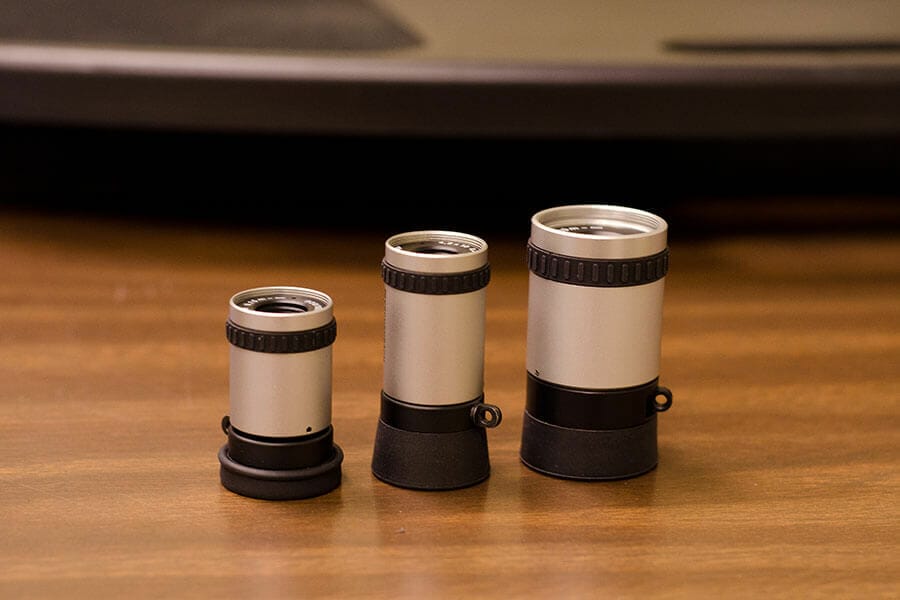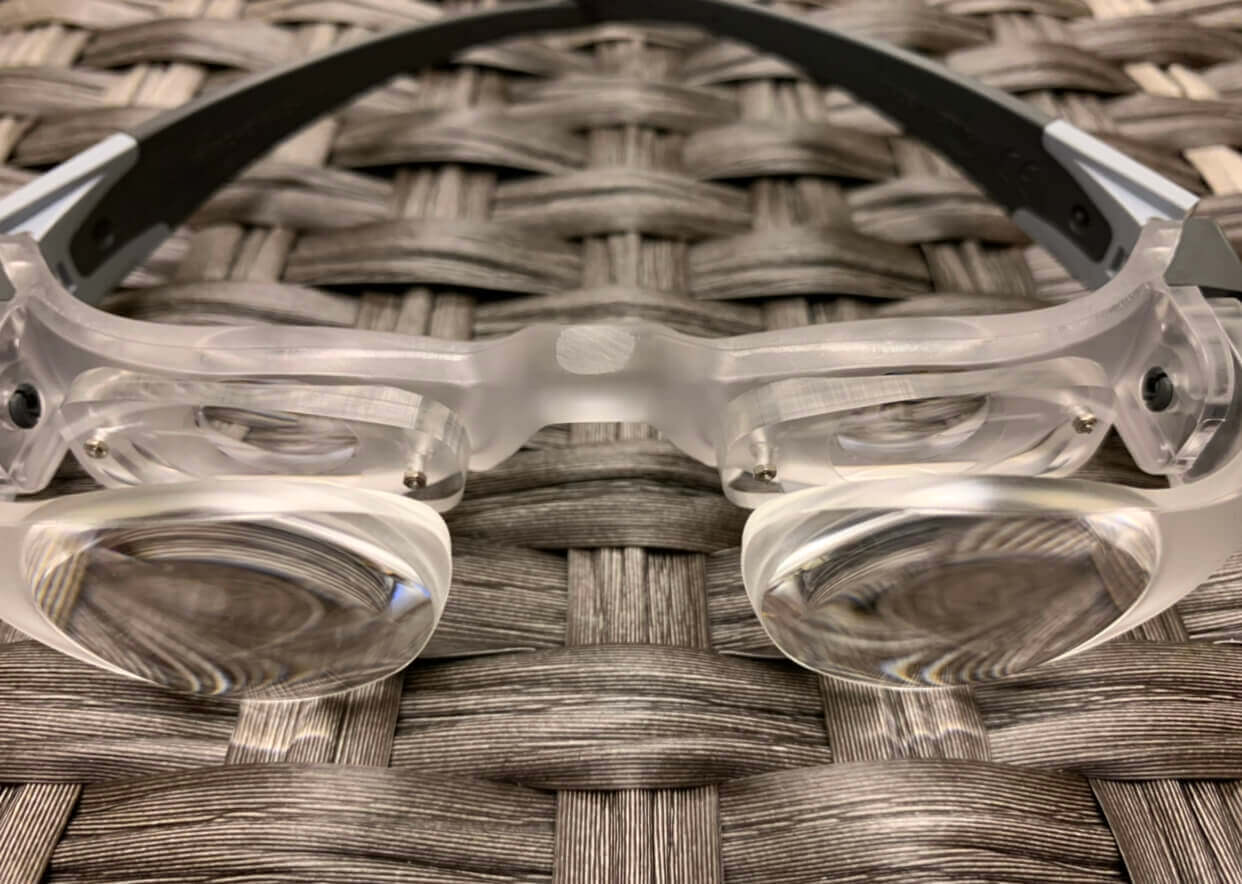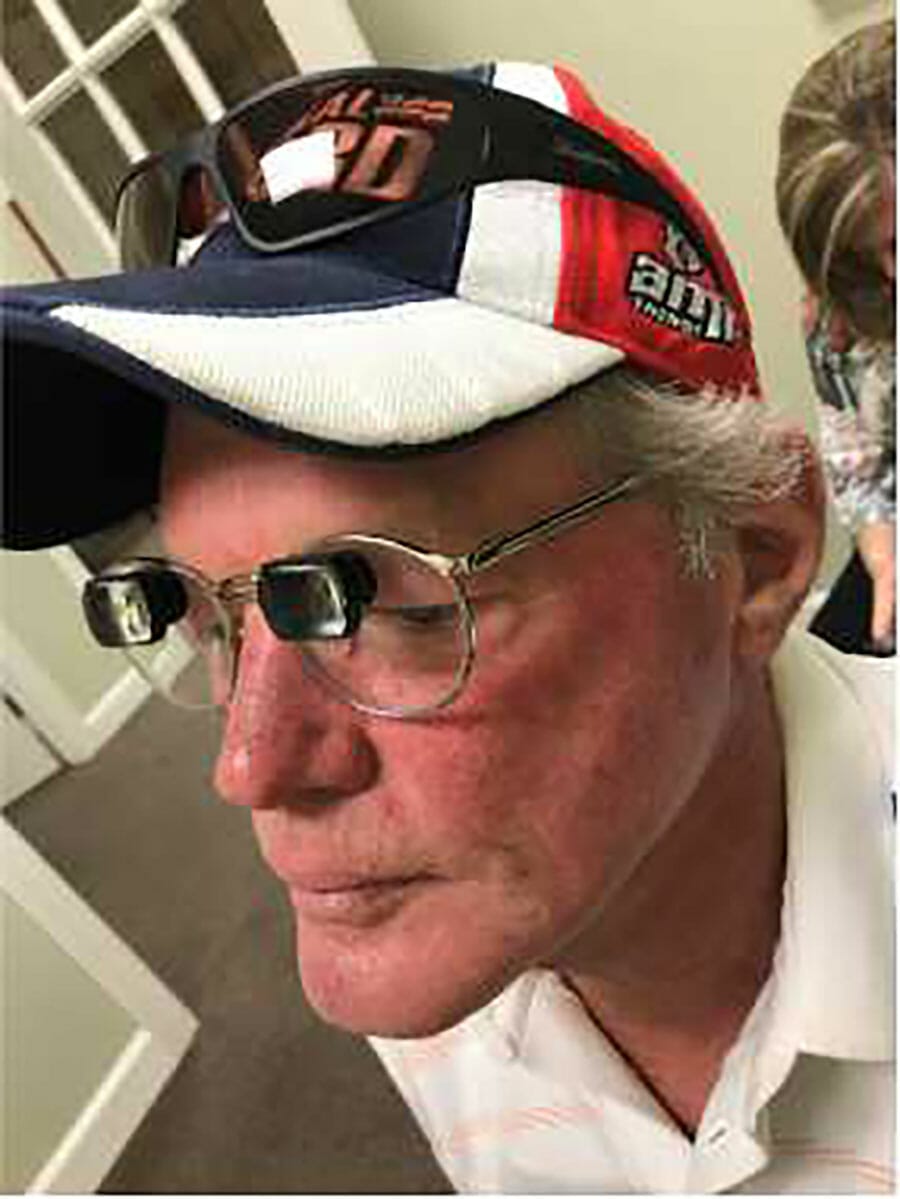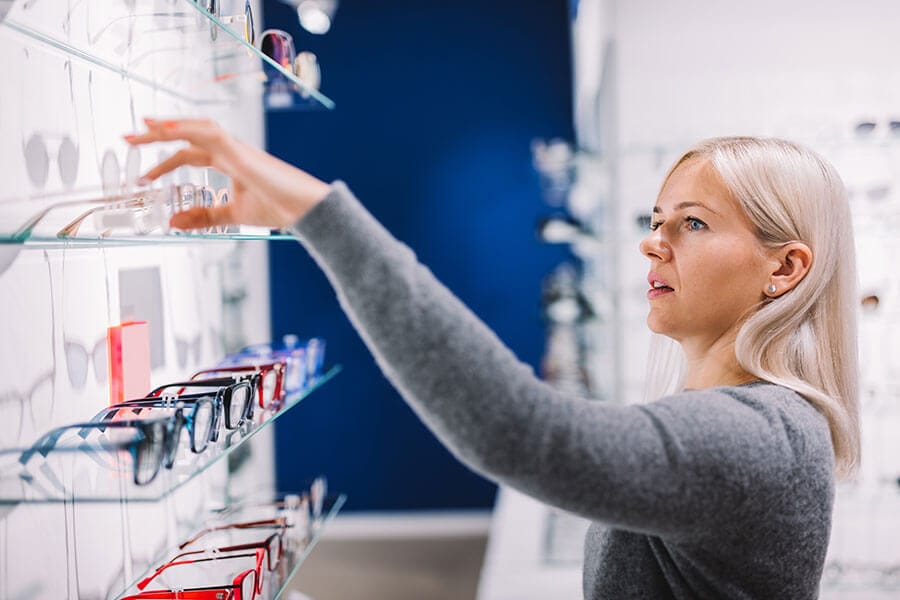There isn't a current federal U.S. standard to regulate driving for people with vision impairment. While all U.S. states test visual acuity with a LogMAR wall chart to ensure that drivers can safely operate a non-commercial vehicle, not all states require field tests to drive. Most states require a Best Corrected Vision Acuity (BCVA) of 20/40, which permits the use of corrective lenses to achieve the requisite level. In addition to satisfying minimum standards of acuity, drivers must be free of mental impairments that can affect their ability to drive. Not all low vision impairments require total cessation of driving. Depending upon the condition, our low vision optometrist may encourage a person to refrain from night-time driving, if the issue is primarily relegated to driving when it is dark outside. In such instances, the individual may be able to continue driving during daylight hours. In other instances, many drivers are able to continue to drive normally with the aid of prescribed visual aids such as telescopes, filters, anti reflective coatings or therapies from a low vision optometrist.


















